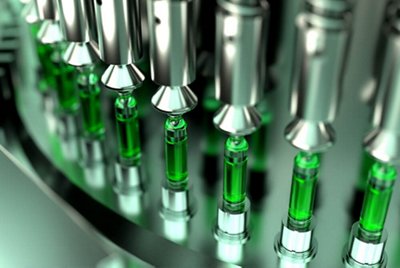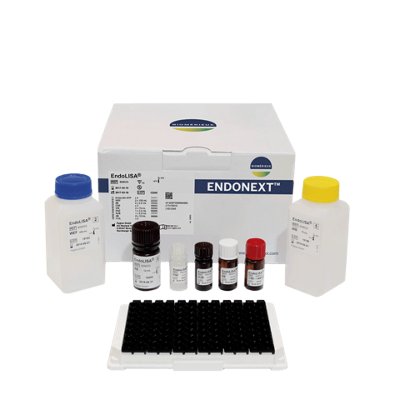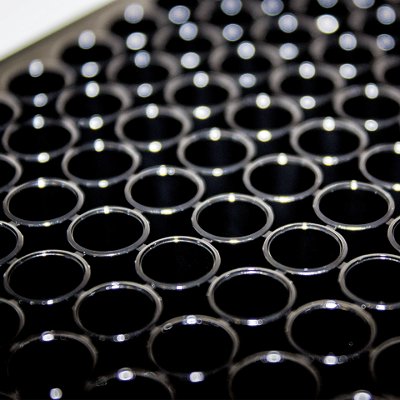Advanced Solutions for Bacterial Endotoxin Testing
by Karolina Heed — June 21, 2019

Bacterial endotoxin testing is undergoing dramatic change due to the emergence of recombinant Factor C (rFC) methods – techniques that can increase efficiency and precision compared to Limulus-based reagents.
To find out more about how the changes are affecting companies, from both a commercial and regulatory perspective, we had a conversation with Karolina Heed, Global Solution Manager Endotoxins at bioMérieux, responsible for our global portfolios of ENDONEXT™products and ENDOXPERTS™ services.
ABOUT KAROLINA HEED
Karolina has worked in the biotechnology industry for over 15 years in different product and marketing management positions.
She holds degrees in analytical chemistry and business administration from the University of Gothenburg, Sweden.
WHAT CHALLENGES ARE ENDOTOXIN ANALYSTS FACING?
The main issue is the need to find a replacement for Limulus-based reagents. For decades industry has relied on the use of blood cells from horseshoe crabs, but there are two problems:
Firstly, the demands of testing labs have gone beyond the performance of these particular reagents.
Secondly, it’s getting increasingly difficult to acquire the reagents in the first place.
The Limulus amebocyte lysate (LAL) test is one of the few remaining methods that still depends on an animal source.
But horseshoe crabs are classed as 'vulnerable' in North America and 'endangered' in Asia by the IUCN Red List of Threatened Species – so we need a replacement.
IF LIMULUS-BASED REAGENTS ARE NO LONGER VIABLE, WHAT ARE THE ALTERNATIVES?
We believe the answer is recombinant DNA technology. It is proving to be a safe and affordable option that performs really well during analysis.
Since the 1980s we’ve known how the molecular mechanism of natural LAL reactions works and how the Zymogen Factor acts as a natural biosensor responding to endotoxins.
In recent years the production process has improved enough for rFC to be made in sufficient quantities to meet the demands of modern testing labs.
HOW IS RECOMBINANT DNA TECHNOLOGY USED IN ENDOTOXIN ANALYSIS AND WHAT ADVANTAGES DOES IT HAVE?
In endotoxin tests rFC leaves a substrate which gives a quantifiable fluorescence signal.
All available rFC assays follow conventional bacterial endotoxin testing (BET) methods in terms of acceptance criteria - so you have absolute comparability of results.
Alongside eliminating the animal source, rFC tests are definitely faster and easier. They also give more robust results with higher lot-to-lot consistency and fewer invalids.
HOW HAVE REGULATORS RESPONDED TO THESE CHANGES?
We’re really seeing a lot of traction in regulation around the world.
In September 2018 the FDA approved a new drug that used rFC for product release. Tests from two different suppliers were compared to LAL methods and validated according to USP chapters <1225> and <85>.
In December 2018 the European Pharmacopoeia published a draft chapter for rFC and in February this year the Chinese Pharmacopoeia followed suit.
Soon the US Pharmacopoeia is holding a workshop that will include LAL alternatives too!
WHERE CAN COMPANIES FIND A RELIABLE RFC ENDOTOXIN TEST SUPPLIER?
Currently there are two global suppliers of rFC tests, Lonza and bioMérieux.
Today we offer tests for many applications, from high-throughput water testing to in-process sample analysis for product release.
We see this as a really important area to support the industry and we’re looking forward to helping it progress.
“ALONGSIDE ELIMINATING THE ANIMAL SOURCE, RFC TESTS ARE DEFINITELY FASTER AND EASIER.”


